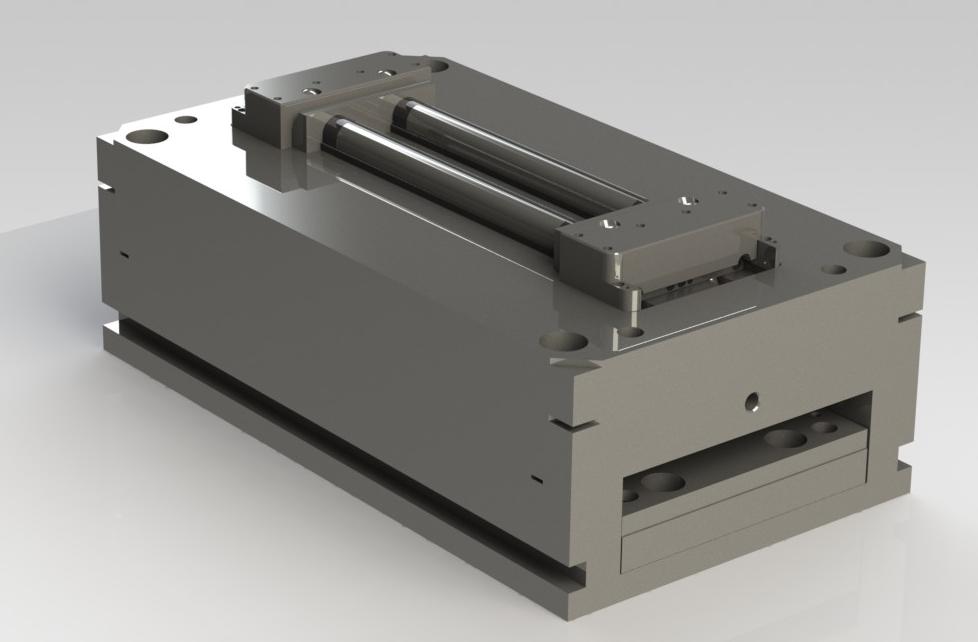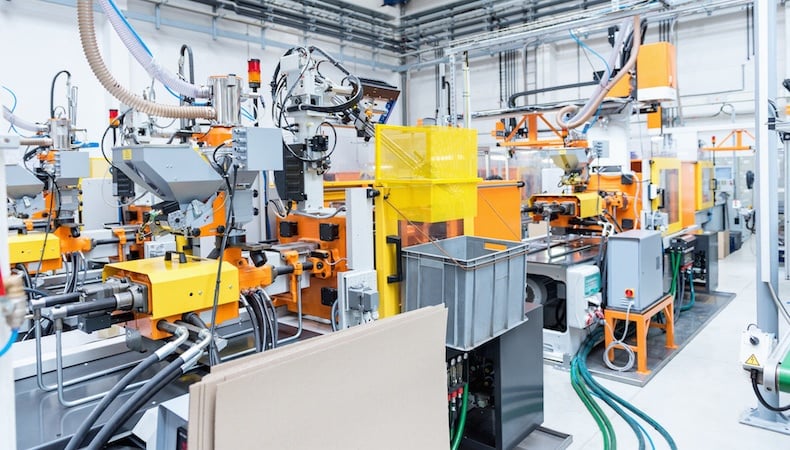Recognizing the Plastic Injection Molding Process for High-Quality Production
Recognizing the Plastic Injection Molding Process for High-Quality Production
Blog Article
Comprehending the Fundamentals of Plastic Shot Molding Procedures
Plastic shot molding offers as a keystone of modern manufacturing, supplying a methodical technique to creating complicated parts with precision. Checking out these vital components could disclose exactly how even minor adjustments can lead to considerable improvements in manufacturing results, raising concerns concerning the potential for development in this well established procedure.
What Is Plastic Shot Molding?
Plastic injection molding is a commonly made use of manufacturing process that transforms thermoplastic and thermosetting materials into precise and complicated shapes. This technique is preferred for its capacity to generate high volumes of identical components with remarkable accuracy, making it an indispensable method in numerous markets, including vehicle, durable goods, and medical devices.
The process involves thawing the picked plastic material and infusing it into a mold and mildew under high pressure. The mold, designed to the specifications of the desired part, permits the liquified plastic to take form as it cools down and solidifies. As soon as the product has actually hardened, the mold is opened, and the ended up part is expelled.
Plastic shot molding uses several benefits, consisting of lowered waste, uniformity in manufacturing, and the capacity to include complex styles that might be testing with other making approaches. In addition, it supports a wide series of products, each offering special properties that can be customized for particular applications. As industries remain to introduce, plastic shot molding stays at the center, enabling the development of sophisticated products that satisfy advancing consumer needs.
The Injection Molding Refine
The injection molding procedure is an innovative strategy that involves numerous vital phases to produce top quality plastic parts. At first, plastic pellets are fed right into a heated barrel where they are merged a viscous fluid. This molten plastic is then infused under high stress right into a precision-engineered mold, which shapes the material into the desired form.
Once the mold and mildew is loaded, the plastic is enabled to cool down and strengthen, taking the shape of the mold and mildew tooth cavity. Cooling time is important, as it influences the cycle time and the last residential or commercial properties of the molded component. After sufficient air conditioning, the mold and mildew opens up, and the completed element is ejected using ejector pins.

Materials Utilized in Shot Molding
Various products can be used in the injection molding process, each offering one-of-a-kind residential or commercial properties that accommodate details applications. The most typically made use of products consist of thermoplastics, thermosetting plastics, and elastomers.

Thermosetting plastics, like epoxy and phenolic resins, go through a chemical change during the healing process, causing a stiff, stringent framework. These materials are suitable for applications requiring high warm resistance and structural honesty, typically used in electric insulators and auto parts.
Elastomers, including silicone and rubber-based products, give flexibility and resilience. Their special properties make them suitable for applications that require flexibility, such as gaskets and seals.
Additionally, specialty materials like bio-based plastics and composites are acquiring grip for their environmental advantages and enhanced performance attributes, widening the scope of injection molding applications in numerous industries. Understanding the residential properties of these materials is essential for choosing the appropriate kind for particular projects.
Advantages of Shot Molding
Shot molding stands apart as a highly reliable production procedure that offers many benefits for generating intricate get rid of accuracy. One of one of the most substantial benefits is the ability to produce elaborate styles that would certainly be difficult or tough to attain with other methods (Plastic Injection Molding). The process permits for detailed attributes and limited tolerances, guaranteeing top quality parts
Furthermore, injection molding is recognized for its quick manufacturing abilities, making it a suitable choice for high-volume manufacturing. When the mold is produced, parts can be created promptly, decreasing lead times and raising total productivity. This efficiency not only reduces manufacturing costs but likewise provides an one-upmanship on the market.
The adaptability of products used in shot molding further enhances its appeal. A vast array of thermoplastics and thermosetting polymers can be employed, allowing makers to choose products that finest meet their particular demands, consisting of warmth, strength, and flexibility resistance.
In addition, the procedure minimizes waste, as excess product can frequently be reused and recycled. This sustainability element adds to a reduced ecological influence, making injection molding a responsible manufacturing selection. On the whole, the advantages of shot molding make it a recommended approach for numerous sectors.
Elements Influencing Product Top Quality
While numerous elements can affect visit this web-site item quality in injection molding, understanding these elements is important for accomplishing optimum outcomes. Secret aspects include product selection, processing specifications, and mold and mildew design.
Material option plays a vital function, as different polymers exhibit unique residential or commercial properties that affect flowability, toughness, and thermal stability. Insufficient product selection can result in issues such as warping or insufficient filling.
Handling specifications, including cycle, temperature level, and stress time, must be carefully regulated. Variants in these setups can result in incongruities in part measurements and surface area coating. For example, exceedingly heats might cause degradation of the polymer, while inadequate pressure can lead to short shots.
Mold style is just as important, as these details it determines the circulation of the molten plastic and the cooling process. Improperly developed molds might lead to irregular cooling prices, leading to dimensional mistakes and residual tensions.

Verdict
In final thought, plastic shot molding functions as a crucial production process that allows the reliable manufacturing of top quality elements. Mastery of the injection molding procedure, consisting of the understanding of materials and the impact of numerous factors on item high quality, is crucial for accomplishing optimal results. The benefits of this method, such as cost-effectiveness and design flexibility, further emphasize its significance across multiple sectors, strengthening its condition as a favored option for high-volume production.
Plastic injection molding offers as a cornerstone of modern manufacturing, providing a systematic strategy to generating complicated elements with accuracy.Plastic injection molding provides numerous benefits, including reduced waste, consistency in manufacturing, and the capacity to integrate elaborate layouts that might be challenging with other producing techniques (Plastic Injection Molding). As industries continue Related Site to innovate, plastic injection molding continues to be at the forefront, allowing the growth of sophisticated products that meet progressing customer demands
The injection molding process is an advanced technique that involves a number of essential stages to produce top notch plastic elements.In final thought, plastic injection molding serves as an essential manufacturing procedure that enables the reliable production of top notch elements.
Report this page